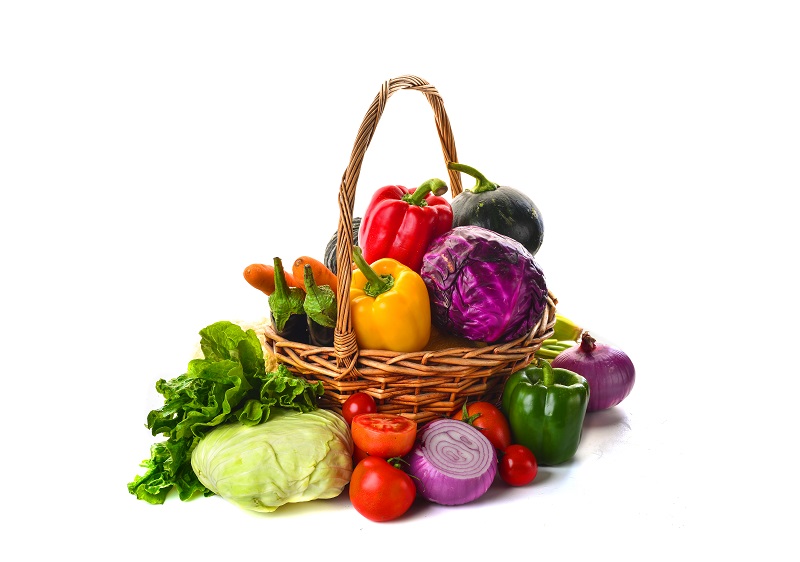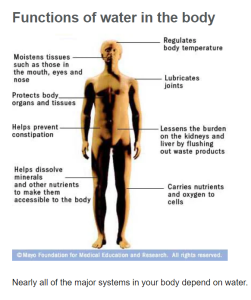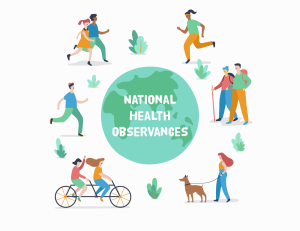GREEK YOGURT
What makes Greek yogurt a delicious tool for weight loss is its protein content. It has twice as much as other yogurts. “Protein takes longer to leave the stomach,” says sports nutritionist Leslie Bonci, MPH, RD. “That keeps you satisfied longer.” As a bonus, Bonci tells WebMD, the body burns more calories digesting protein than carbs. Non-fat, low-fat, and low-sugar types keep a slim profile.
QUINOA
Quinoa (pronounced keen-wa) is a nutritional all-star that belongs in your weight loss plan. This whole grain has 8 grams of hunger-busting protein and 5 grams of fiber in one cup, plus it’s as easy to cook as rice. It’s also packed with nutrients such as iron, zinc, selenium, and vitamin E. For a quick and interesting dinner, mix in some vegetables, nuts, or lean protein.
CINNAMON
Studies suggest cinnamon may have a stabilizing effect on blood sugar levels. This could curtail appetite, particularly in people with type 2 diabetes, Bonci says. Nearly everyone can benefit from cinnamon in its traditional role. Stir some into your coffee, tea, or yogurt to add sweetness without adding calories.
HOT PEPPERS
Hot peppers contain a flavorless compound called capsaicin. It’s more plentiful in spicy habaneros, but also occurs in jalapeños. This compound appears to curb appetite and speed up the metabolism slightly, but only for a short time. Bonci doubts that this has a significant impact on weight loss. But, she says, people tend to eat less when their food is spicy.
GREEN TEA
Several studies suggest green tea may promote weight loss by stimulating the body to burn abdominal fat. Green tea contains catechins, a type of phytochemical that may briefly affect the metabolism. To get the most benefit, you may need to drink green tea several times a day. Bonci recommends taking your tea hot, because it takes longer to drink, slowing your calorie intake and providing a soothing, mindful experience.
GRAPEFRUIT
While grapefruit doesn’t have any magical fat-burning properties, it can help dieters feel full with fewer calories. Bonci attributes this to the plentiful amounts of soluble fiber, which take longer to digest. Having half a grapefruit or a glass of grapefruit juice before a meal may help fill you up, so you eat fewer calories during the meal.
WATERMELON
Foods that are high in water content take up more room in the gut, Bonci says. This signals the body that you’ve had enough to eat and leaves less room for other foods. Many raw fruits and vegetables are chock-full of water and nutrients, but low in calories. Watermelon is a great example. It’s a rich source of the antioxidant lycopene and adds some vitamins A and C to your day, too.
PEARS & APPLES
Pears and apples are also high in water content. Eat them with the peels for extra fiber, which will keep you full longer. Bonci recommends whole fruits rather than fruit juice. Not only do you get more fiber, you have to chew the fruits. This takes longer and requires some exertion. You actually burn a few calories chewing, as opposed to gulping down a smoothie.
GRAPES VS. RAISINS
The value of water content becomes clear when you look at two cups of grapes vs. 1⁄4 cup of raisins. Either choice has a little more than 100 calories, but the larger portion of grapes is likely to feel more satisfying. Still, Bonci says, dried fruit has an interesting texture. When used sparingly, a few raisins or dried cranberries can make a salad more appealing.
BERRIES
Like other fruits, berries are high in water and fiber, which can keep you full longer. But they have another benefit — they’re very sweet. This means berries can satisfy your sweet tooth for a fraction of the calories you would take in gobbling cookies or brownies. Blueberries stand out because they’re easy to find and loaded with antioxidants.
RAW VEGETABLES
Raw vegetables make an outstanding snack. They satisfy the desire to crunch, they’re full of water to help you feel full, and they’re low in calories. Half a cup of diced celery has just eight calories. Bonci suggests coating celery with a little peanut butter or dunking carrots in salsa. When you’re in the mood for chips and dip, try replacing the chips with raw veggies.
SWEET POTATOES
Think of the typical toppings on your baked potato — butter, sour cream, maybe cheese and bacon bits. If you substitute a sweet potato, you might not need any of that. Baked sweet potatoes are so full of flavor, they require very little embellishment. This can save you loads of calories. As a bonus, sweet potatoes are packed with potassium, beta carotene, vitamin C, and fiber.
EGGS
Studies suggest eating protein in the morning will keep your hunger at bay longer than eating a bagel or other carbs. One egg has only 75 calories but packs 7 grams of high-quality protein, along with other vital nutrients. Bonci adds that your body will burn more calories digesting eggs than a carb-heavy breakfast. If you have high cholesterol, check with your doctor about how many eggs you can eat per week.
OATMEAL
Oatmeal has three things going for it: fiber-rich whole-grain oats, lots of water, and it’s hot. Bonci says this is a very filling combination. Hot food takes longer to eat, and all that liquid and fiber will help you feel full longer. “Don’t buy the one that’s already sweetened,” Bonci says. “You can choose how to flavor it.” Stirring in cinnamon or nutmeg will give you a sweet taste with less sugar.
CRISP BREADS
Whole-grain rye crackers, sometimes called crispbreads, offer a low-fat, fiber-packed alternative to traditional crackers. Research suggests people who replace refined grains with whole grains tend to have less belly fat. Whole grains also provide a richer assortment of plant nutrients. This doesn’t just apply to crackers. You can get the same benefits by switching to whole-grain breads, cereals, and pastas.
TABOULI
A standout whole grain is bulgur wheat, the type found in tabouli. It’s high in fiber and protein, but low in fat and calories. That helps you fill up with a minimum of calories. Bonci adds “It’s flavorful, so you don’t need to add a lot of oil.” To turn this dish into a meal, she suggests adding beans and stirring in extra tomato, cucumber, and parsley.
VINEGAR
If you dress your salad with oil and vinegar, you may get another fat-fighting benefit. More research is needed, but some studies suggest vinegar may help the body break down fat. Whether or not this effect pans out, Bonci says vinegar is a good choice. It’s full of flavor that can make salad more satisfying — and it has no calories.
NUTS
Nuts are an excellent way to curb hunger between meals. They’re high in protein, fiber, and heart-healthy fats. Studies suggest nuts can promote weight loss and improve cholesterol levels when eaten in moderation.
LEAN PROTEIN
As we’ve seen, protein can keep you full longer and burn more calories during digestion. But you want to choose your protein carefully. Dark meat tends to be high in fat, which could cancel out some of the benefits. Skinless chicken breast is a great choice. And some cuts of beef can make the grade. Flank steak, eye of round, and top sirloin are extra-lean with less than 4 grams of saturated fat per serving. Just stick with a 3- to 4-ounce portion.
FISH
One of the best sources of protein is fish. Studies show it’s more satisfying than chicken or beef, probably because of the type of protein it contains. Most fish is low in fat, and the exceptions usually have a healthy form of fat — omega-3 fatty acids. Omega-3’s, which are found in salmon, herring, and other fatty fish, appear to help protect against heart disease and other chronic conditions.







